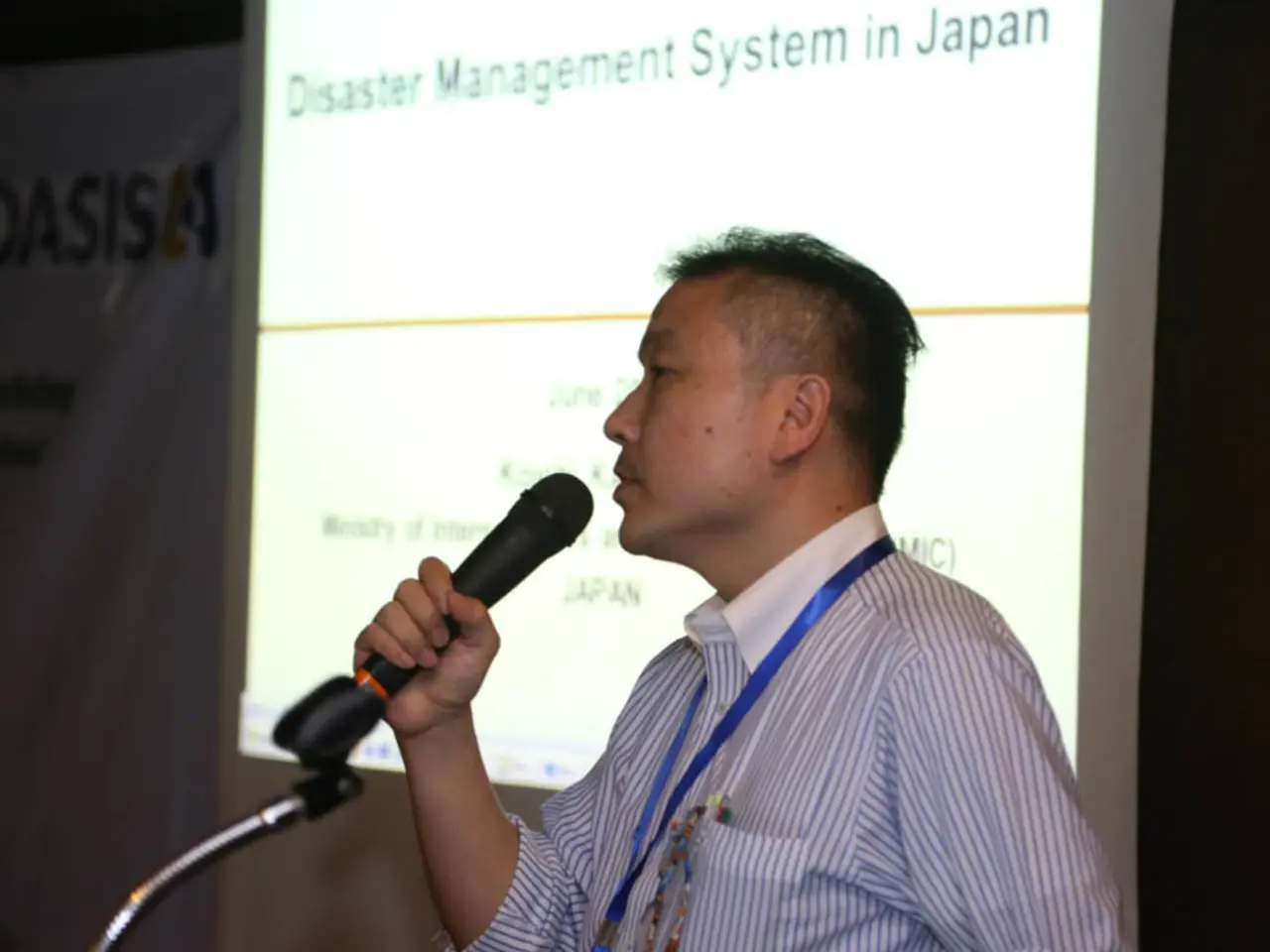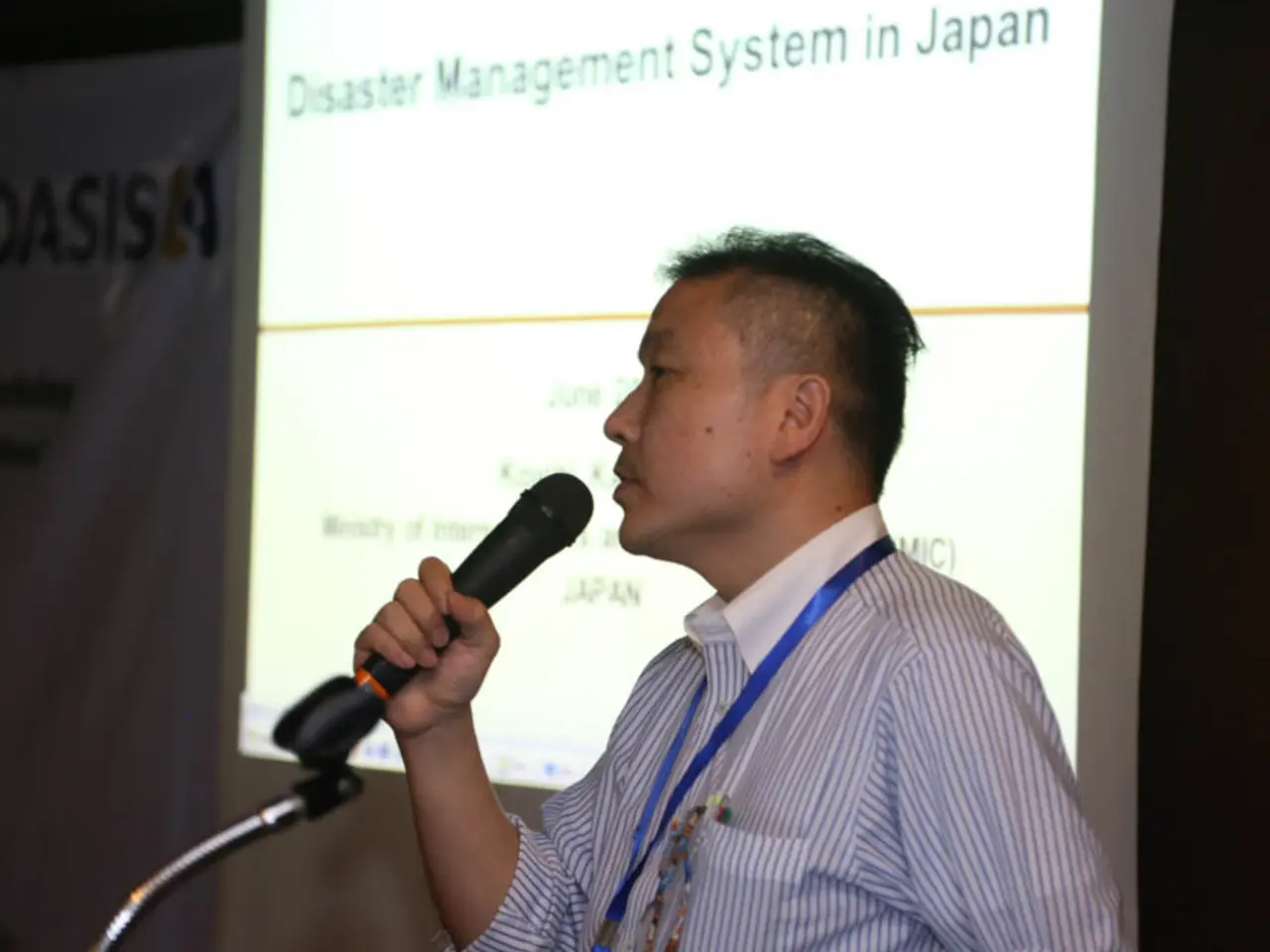Vietnam pursues investment in complementary industries
Vietnam is making significant strides in the development of its supporting industries, with a particular focus on technology transfer, research and development collaboration, and capacity-building. The latest government initiative, Decree 205/2025/ND-CP, effective from September 1, 2025, aims to enhance support policies for technology, human resources, environment, legal frameworks, and investment incentives [1][2].
Nearly 88% of enterprises in Vietnam's supporting industry are small- and medium-sized, many of which operate with outdated equipment, lack quality standards, and have limited technological capabilities [3]. To address this issue, the government is offering up to 50-70% funding support to enterprises partnering with science and technology organizations for machinery, software, training, and intellectual property related expenses [1][2].
The Vietnamese government is actively promoting foreign investment and collaboration with foreign-invested enterprises (FIEs) as key drivers to deepen integration into global supply chains and modernize the local industrial base [1][5]. At a recent international conference during the Vietnam-Japan Supporting Industries Exhibition (SIE 2025) and the Vietnam Manufacturing Expo (VME 2025), government officials highlighted the role of FDI in supporting industries. They noted that around 40% of the sector involves around 1,700 FDI firms, and that in 2024, foreign-registered manufacturing investments exceeded US$25.5 billion, making up nearly 67% of total FDI commitments [5].
Vietnam's extensive network of 17 free trade agreements (FTAs) and a politically stable environment are key factors in attracting foreign investors aiming for long-term industrial growth and strategic supply chain positioning [3]. The government is also focusing on advancing high-value manufacturing segments through technology adoption and capacity building, moving beyond low-cost manufacturing [1][3].
However, the localisation rate in many sectors remains modest, with textiles and footwear at around 45-50%, mechanical engineering at 15-20%, and automobile assembly at 15-20% [3]. To address this, the government has issued and implemented the Supporting Industry Development Programme to support businesses in areas like consultancy, training, technological innovation, and participation in global supply chains [6].
Vietnam accounted for more than half of the 176 cases of production relocation from China to ASEAN, and the urgent need to enhance domestic enterprises' production capacity, product standards, management skills, and their ability to collaborate and integrate into supply chains with FIEs was emphasized [4]. The shift of production from Japan and China to Vietnam has increased significantly, with nearly half of these enterprises operating in the manufacturing sector [7].
In summary, Vietnam’s latest developments include the implementation of Decree 205/2025/ND-CP with targeted incentives for tech transfer, R&D, workforce skills, and investment in supporting industries [1][2]. The government is promoting FDI collaboration and integration with FIEs to boost local content and participation in global value chains [5]. The strategic use of FTAs and stable policies is attracting long-term foreign capital [3]. The government is also focusing on modernizing and upgrading supporting industries for export resilience and industrial autonomy [1][3][4].
These comprehensive initiatives reflect Vietnam’s commitment to expanding and internationalizing its supporting industries through enhanced government support and partnerships with foreign investors. Vu Ba Phu, director general of the Vietnam Trade Promotion Agency, stated that Vietnam is emerging as a new strategic manufacturing hub in Southeast Asia [8]. Over 56% of Japanese enterprises in Vietnam plan to expand their investment within the next few years [9]. Despite this, only about 10% of the domestic demand for components and spare parts is currently being met by Vietnamese enterprises [3].
References:
[1] https://www.vietnamlawmagazine.vn/new-decree-205-2025-nd-cp-on-supporting-industries/ [2] https://www.vietnamlawmagazine.vn/technology-transfer-and-research-and-development-collaboration-under-decree-205-2025-nd-cp-on-supporting-industries/ [3] https://www.vietnam-briefing.com/news/vietnam-investment-guide-supporting-industries.html [4] https://www.vietnaminsider.vn/economy/vietnam-attracts-over-half-of-asean-relocated-manufacturing-investment-from-china-457392.html [5] https://www.vietnamplus.vn/vietnam-attracts-over-25-5-billion-usd-in-foreign-investment-in-manufacturing-sector-in-2024/231216.vnp [6] https://www.vietnamlawmagazine.vn/the-supporting-industry-development-programme-in-vietnam/ [7] https://www.vietnaminsider.vn/economy/japanese-investors-shift-production-from-china-to-vietnam-457393.html [8] https://www.vietnamplus.vn/vietnam-emerges-as-new-strategic-manufacturing-hub-in-southeast-asia-says-vietnam-trade-promotion-agency/231279.vnp [9] https://www.vietnaminsider.vn/economy/over-56-of-japanese-companies-in-vietnam-plan-to-expand-their-investment-within-the-next-few-years-457394.html
In light of the government's focus on modernizing and internationalizing the supporting industries, there is an opportunity for growth in sports-related manufacturing sectors, given the increasing demand for sports equipment and modern infrastructure. To seize this opportunity, sports-focused enterprises can partner with science and technology organizations, leveraging the government's funding support for machinery, software, training, and intellectual property-related expenses.








